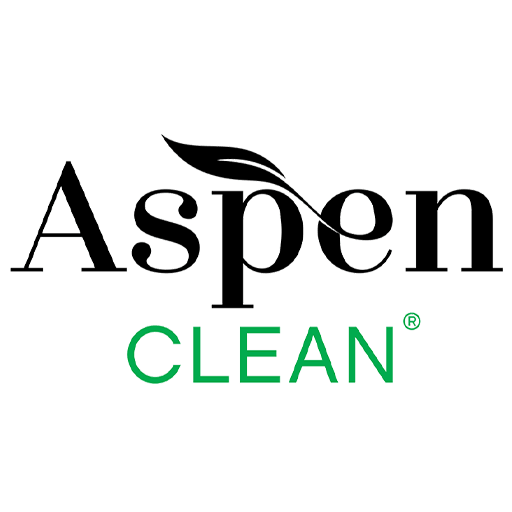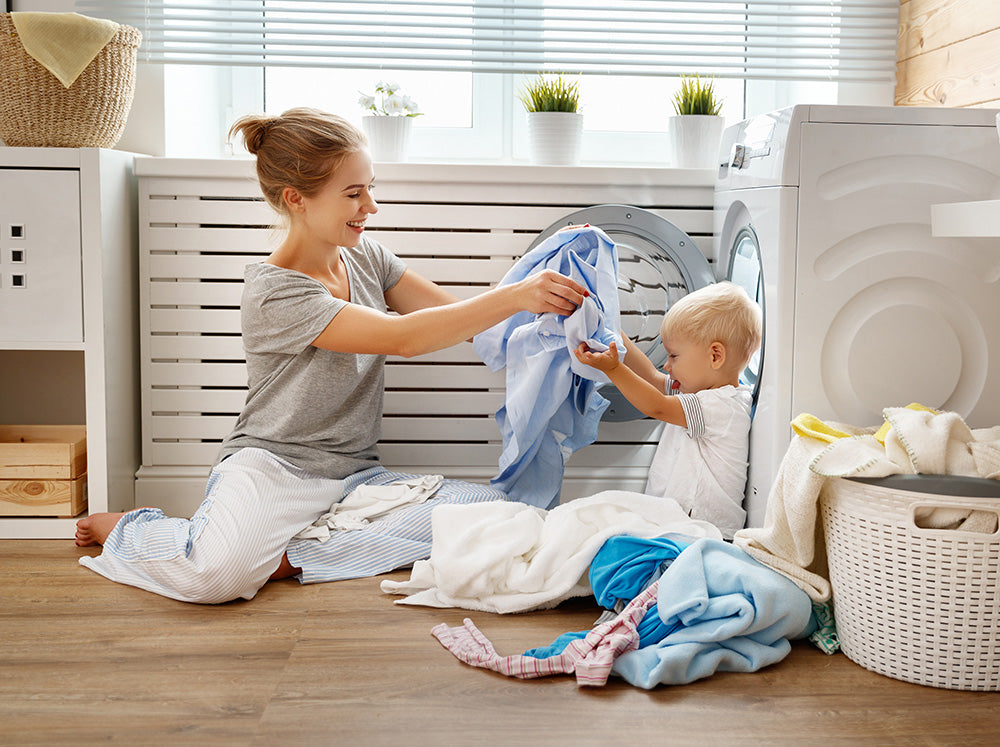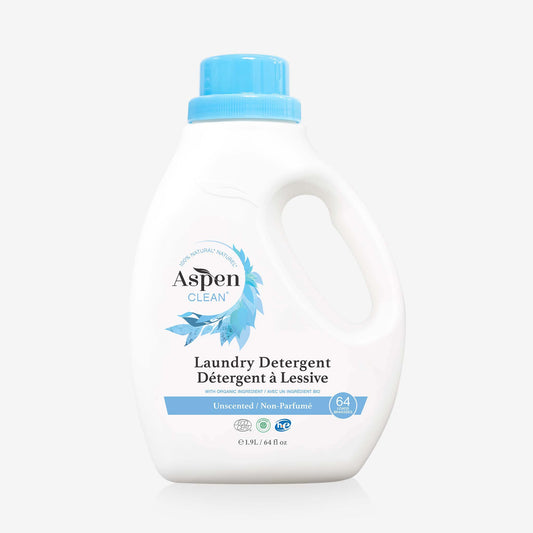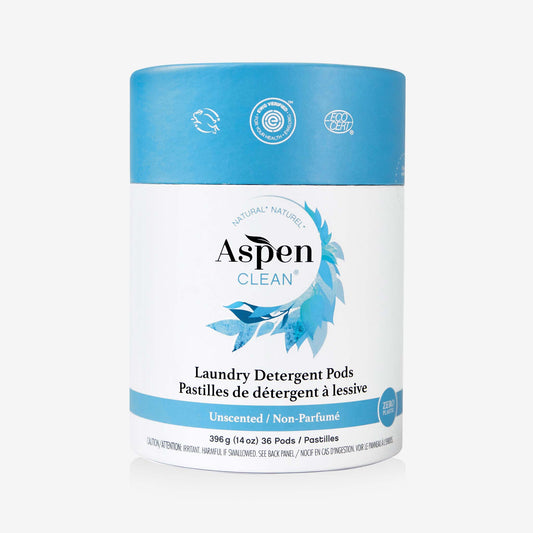In the last article, we've pointed out why it is important to choose baby-safe cleaners for your home. Now that you know the dangers conventional cleaners hold, you are looking for alternatives. The question is, how can you find cleaning products that are safe for you and your family?
The best cleaning products to use around babies are 100% natural because that means that they don't contain any harmful chemicals which could poison, irritate or otherwise harm your baby. Unfortunately, not all "green" cleaners are as natural as they are marketed.
All-natural cleaning products for your family
In order to avoid those risks and dangers of conventional cleaning products, it’s best to only use all-natural, non-toxic baby safe cleaning products in the home. After all, natural products are free of harmful chemicals which could poison, irritate or harm your child, right? And “biodegradable” means the product will break down and not leave toxic residue in the home.
Unfortunately, that’s not quite true. Greenwashing, which can be defined as making unwarranted claims of environmental friendliness and sustainability to gain market share, is very common. Claims such as “natural”, “green” or “biodegradable” aren’t regulated, so trusting the manufacturers’ word alone is not wise. Only looking at the list of ingredients will tell you what might lurk in the product.
Sneaky lists of ingredients
And that’s usually when you find the first problem: in Canada and the USA, manufacturers are not required to list the ingredients of cleaners. This means some products don’t list any ingredients. A good rule of thumb is that a company which doesn’t have anything to hide has no reason not to disclose their ingredients.
But even if a cleaning product has a list of ingredients, you still have to be careful: since there are no legal requirements, some manufacturers only feature an incomplete list, or list non-specific ingredients such as “plant-based surfactant” - you neither know which exact ingredient has been used nor if there are any artificial ingredients that have been added to create this surfactant, like mineral oil or petroleum by-products.
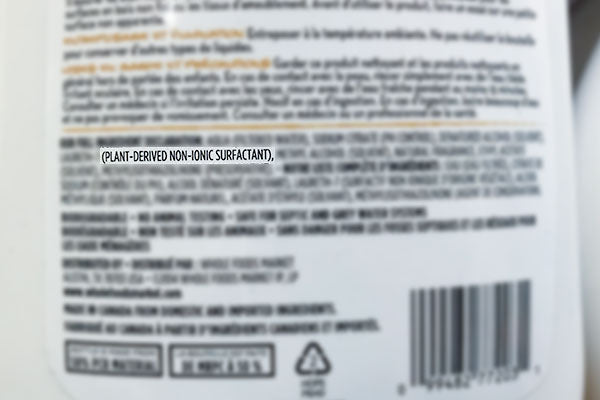
Oftentimes, natural substances are also combined with synthetics and toxins within “natural” products. In that case, the products can contain for example “fragrances from natural oil blends” - synthetic fragrances as well as some essential oils. So this is not useful if you want to avoid fragrances because of their health risks.
Very often, manufacturers also use ingredients that have been mixed with artificial preservatives to extend the end product's shelf life - which means that even if you are on the look-out for artificial preservatives like MI or MCI on the list of ingredients, you might still end up with a product that contains those preservatives.
So how do we know which “natural” cleaning products are actually all-natural?
Common green certifications
Green certifications are very useful to verify manufacturers' claims and the true eco-friendliness of the products. There are many third-party certifications on the market for “green” cleaning products. In North America, Safer Choice, Green Seal, and EcoLogo are the most common eco-certifications for cleaning products. However, every label has its own standard, with different requirements. And while the idea of having an eco-label is great, the truth is that some of these certifications have serious shortcomings.
For example, Safer Choice’s list of ingredients with little to no concern include sodium lauryl sulfate (SLS), which is known to be contaminated with known carcinogens 1,4-dioxane and ethylene oxide, just as an example. SLS and other harmful ingredients are allowed because they count as “best in their class”, even though there are many natural alternative surfactants that are non-toxic.
And while the manufacturer has to disclose their products’ ingredients to the Environmental Protection Agency (EPA), the mother organization of Safer Choice, they don’t have to put them on the label - meaning that consumers still don’t know which exact, potentially harmful ingredients might be lurking in the product!
Ecocert - The superior green certification
That’s why Ecocert is the eco-friendly certification of our choice. Ecocert is an internationally recognized organization that guarantees the genuine practice of environmental respect throughout the formulation and manufacturing of a product. They verify every claim on the product label - if it says 100% natural, it is 100% natural.

They also check all ingredients and their sources to make sure every ingredient is eco-friendly, non-toxic, and sustainable. Manufacturers can't source the ingredients from any supplier, only from reviewed suppliers who can prove their products to be of superior quality, pure, and free of contaminants as well as sourced sustainably. Additionally, Ecocert makes sure that the manufacturing processes and the company’s operation, in general, are as eco-friendly and sustainable as possible.
And most importantly: they request that all ingredients be listed on the product label and on the website. They don’t accept non-specific ingredients such as "plant-based surfactant" or "natural fragrance". Instead, ingredients have to be listed in a standard nomenclature, like INCI (International Nomenclature of Cosmetic Ingredients), so that you can be absolutely sure you know what’s in the product. The Ecocert certification is a green label you can trust.
Which ingredients to avoid
However, we are not all chemists, and the list of ingredients, even if written in INCI, usually leaves us stumped. Most ingredients sound like chemicals, so how can we know which ones are potentially harmful?
Here are some ingredients you should avoid to keep your family safe:
-
Artificial fragrances
-
Often contain phthalates, parabens, and other chemicals
- Phthalates: carcinogen, can cause birth defects, respiratory diseases, chemical burns, and hormone disruptions
- Parabens: can cause cancer, birth defects, and developmental disorders as well as cause irritation
- Can cause cancer, allergies, and allergic reactions, as well as irritations
-
Often contain phthalates, parabens, and other chemicals
-
Synthetic preservatives
- For example, methylisothiazolinone (MI), methylchloroisothiazolinone (MCI), Benzisothiazolinone (BI) and Octylisothiazolinone (OIT)
- Irritant and allergen; can lead to severe allergic reactions
-
Triclosan
- Often used as a disinfectant and/or preservative
- Carcinogen, suspected to cause birth defects and developmental disorders as well as irritant
-
Dyes or colors
- Can contain petrochemicals or harmful chemicals
- Can cause cancer, irritate skin and airways, and could be dangerous for the environment
-
Alcohol ethoxylates (Laureth-7 and similar chemicals) and sodium lauryl sulfate (SLS) / sodium Laureth sulfate (SLES)
- Cheap surfactants and foaming agents - found in most laundry detergents and dish soaps
- Contaminated with carcinogens like ethylene oxide and 1,4-dioxane
-
Ethanolamine compounds
- Listed as Monoethanolamine (MEA), diethanolamine (DEA) or triethanolamine (TEA); cheap surfactants
- Can irritate the skin; can react with other ingredients to form cancer-causing chemicals
-
Glycol ethers
- 2-Methoxyethanol, 2-Ethoxyethanol, 2-Butoxyethanol - used as solvents in many cleaning products
- Can irritate airways, cause headache and nausea up to narcosis, pulmonary edema, and severe liver and kidney damage; long-term exposure can lead to anemia, reduced body weight, and irritation of the eyes and nose
-
Chlorine and chlorine bleach
- Very common in a variety of cleaners
- Toxic when swallowed, chlorine gas is extremely irritating to airways, eyes, and skin; harmful to the environment; can react with ammonia to form toxic chloramines
-
Ammonia and ammonia compounds
- Common in glass cleaners, but also some dish soaps
- An irritant; can cause severe burns; can react with chlorine to form toxic chloramines
-
Formaldehyde
- Still found in some cleaning products like laundry detergents and dish soaps
- Carcinogen; causes severe burns to skin and eyes; toxic if swallowed, inhaled, or in contact with skin

Searching baby-safe cleaning products and laundry detergents
When looking for baby-safe cleaning products, it helps to do research before heading to the store. Only that way can you really assess the quality of green certification and of the ingredients, and therefore if the product in question is safe for your baby and family, or not.
Read our blog to discover the EWG, a useful tool to help you determine which cleaning products are free of toxins and harmful chemicals.
Until then, you can shop our cleaning products! All AspenClean products are all-natural, hypoallergenic, baby-safe, and 100% free of artificial fragrances, synthetic preservatives, dyes, alcohol ethoxylates, SLS/SLES, MEA/DEA/TEA, chlorine, ammonia, formaldehyde, known and suspected carcinogen and all ingredients determined to be harmful to human health, animal health, and the environment. Choose from unscented laundry detergent, unscented laundry pods, unscented dishwasher pods, or try those lightly scented with organic essential oils like eucalyptus laundry detergent or lavender laundry pods. They are all safe for you and your baby, as well as the environment. Do not forget the oxygen bleach - a natural bleach and stain remover.
